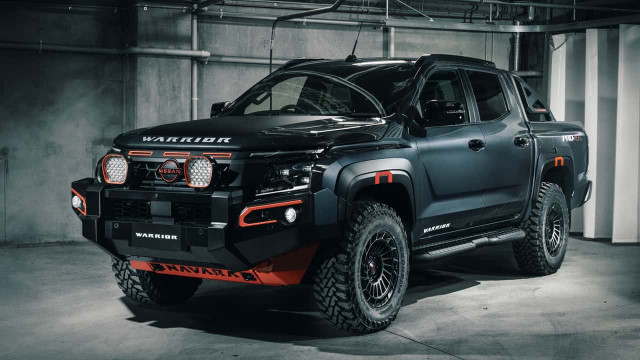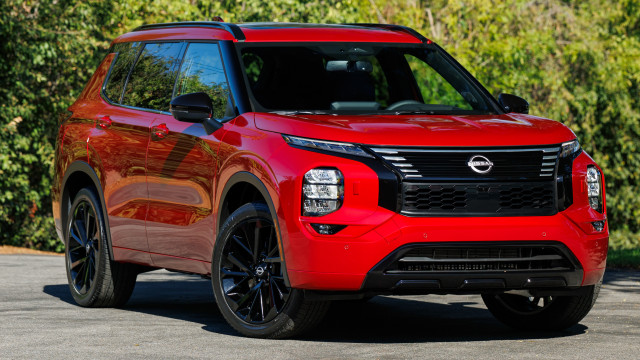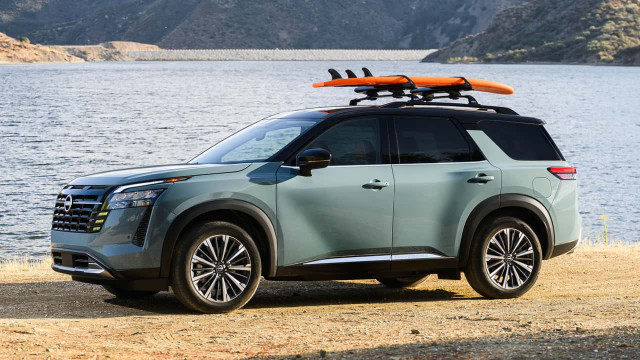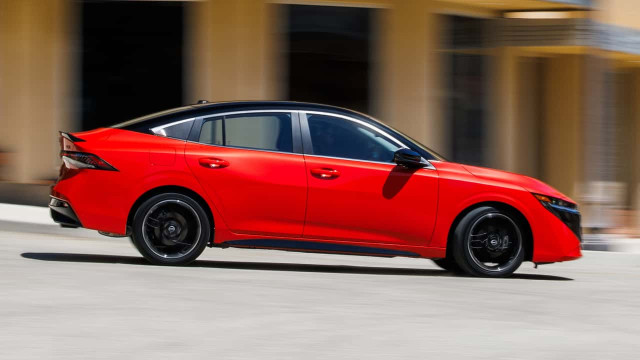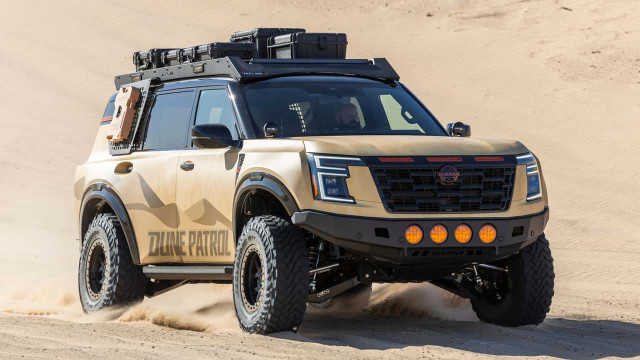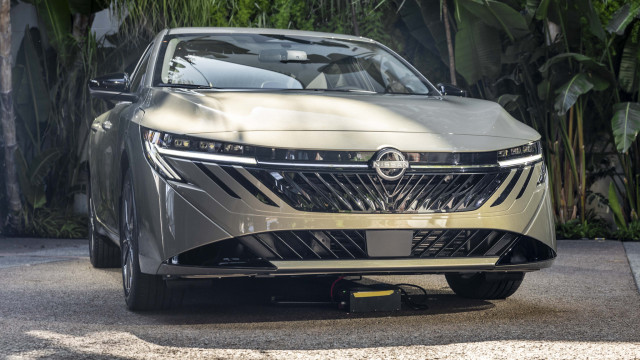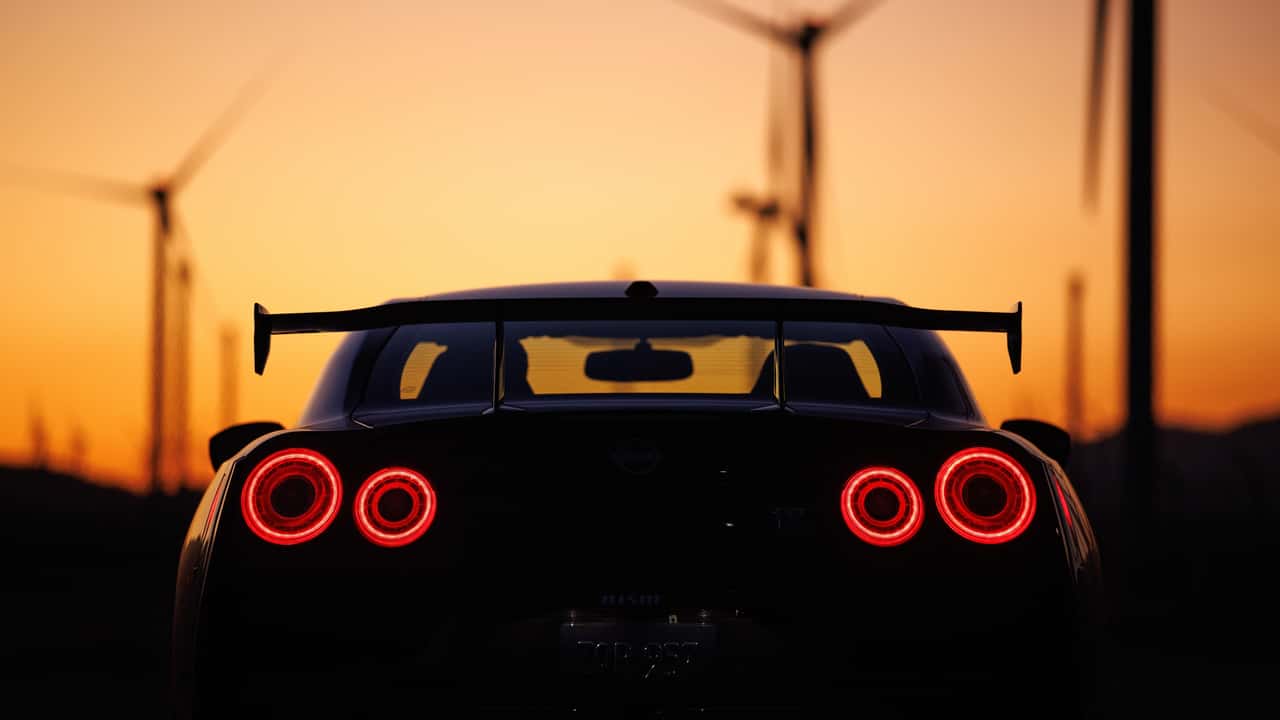Nissan Confirms Development Team for the Next Generation GT-R
Nissan is implementing a significant cost-reduction strategy after incurring substantial losses in recent years due to sales not meeting investment expectations. While the upcoming product lineup primarily focuses on popular segments like crossovers and SUVs, enthusiasts still have reasons to be optimistic about performance vehicles. The Z model continues to persevere and might soon be complemented by a new Silvia. More excitingly, a next-generation GT-R is also in the works, promising the return of the legendary Godzilla.
In an interview with Motor1 at last month's New York Auto Show, Nissan USA's chief product planner assured, “The GT-R will make a comeback, unquestionably.” Reinforcing this commitment, Arnaud Charpentier, VP of Product Marketing Strategy, informed Auto Express that the company is diligently developing a new supercar:
“Our team is actively engaged in this project. The exact timing and details remain uncertain. However, our goal is not just to create a sports car, but to develop one with a powertrain that will be viable in the foreseeable future. Whether it turns out to be electric or hybrid, it must uphold the essence of a sports car. If its performance becomes comparable to that of an electric SUV, it would be problematic,” Charpentier explained.
Regardless of the path Nissan chooses for the R36, Charpentier emphasized that the flagship model must “reinvent the very idea of what a sports car represents.” Approximately eighteen months ago, hints emerged that the next GT-R could feature a fully electric drivetrain. The Hyper Force concept, boasting an ultra-angular design and 1,341 horsepower, was hailed by Giovanny Arroba, Nissan Europe’s VP of design, as “a concrete aspiration to realize by the decade’s end.”
Nissan executives are clearly enthusiastic about the new GT-R, even if its introduction is still some time away. This sentiment is shared across the board, with Nissan North America’s Senior Vice President and Chief Planning Officer, Ponz Pandikuthira, suggesting that the R36 might be paired with a third-generation Acura NSX. Additionally, the next GT-R may transition to an electric format, especially since an “NSX-type” electric vehicle has already been slated for release later this decade.
Under the leadership of Ivan Espinosa, Nissan's new CEO, who is passionate about driving his Z model to work daily, there is a strong push to revive the Silvia as well. Espinosa’s predecessor, Makoto Uchida, praised him as a “genuine car enthusiast.” This enthusiasm fuels hopes for either a revamped GT-R or a more accessible sports car in the near future.
Despite these exciting developments, it's essential to maintain a realistic perspective. Nissan is undergoing extensive restructuring, which includes cutting 20,000 jobs, shutting down seven factories, discontinuing six vehicle platforms, rebranding several Renault models, halting the development of certain products, and simplifying parts complexity by 70%. In such a challenging environment, the role of a niche product like a sports car becomes questionable. The Z model hasn't achieved significant commercial success to motivate executives to greenlight another high-performance vehicle.
The struggling Japanese automaker has clear priorities that overshadow the potential release of a GT-R or Silvia, favoring high-volume SUVs instead. Nissan is also working on a new Sentra sedan and other mainstream models that take precedence. While introducing a new supercar could enhance Nissan’s brand image and attract more customers to dealerships, the financial focus is likely to remain on volume-driven vehicles to ensure stability.
